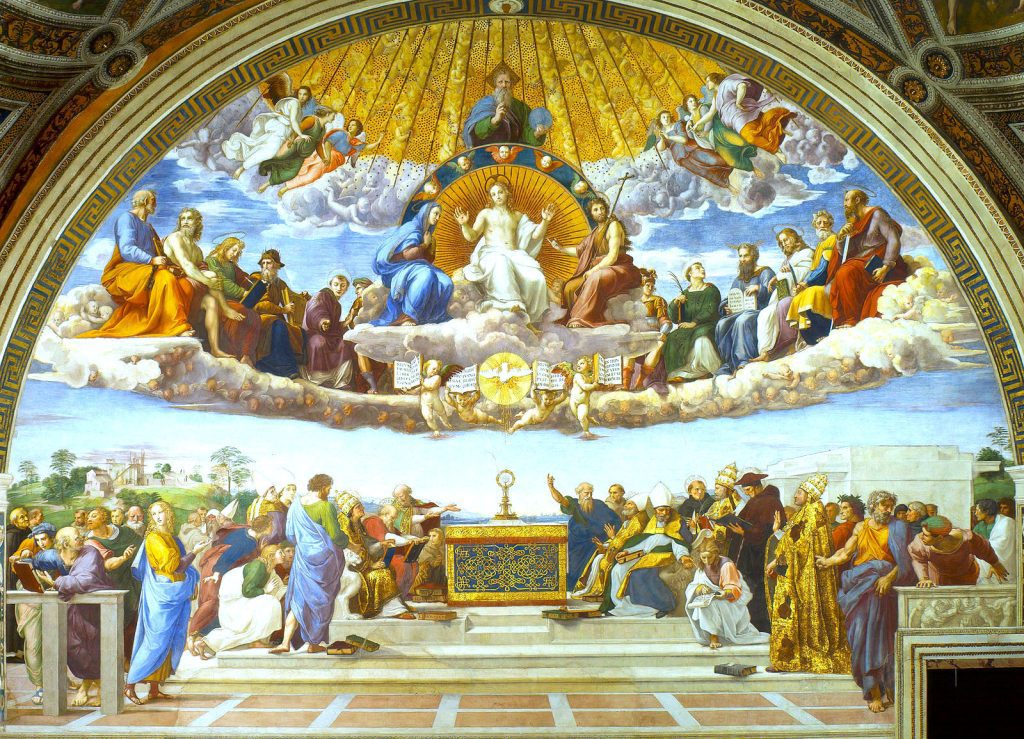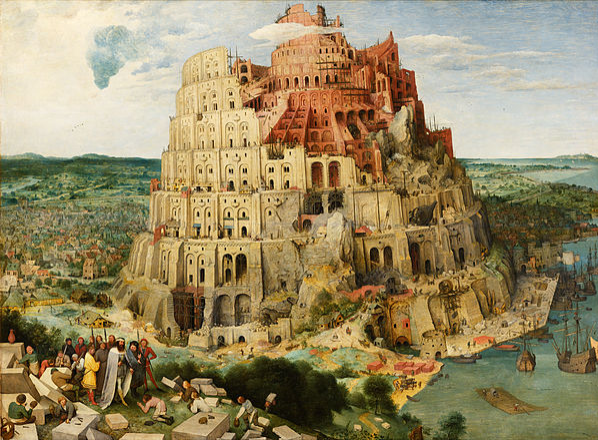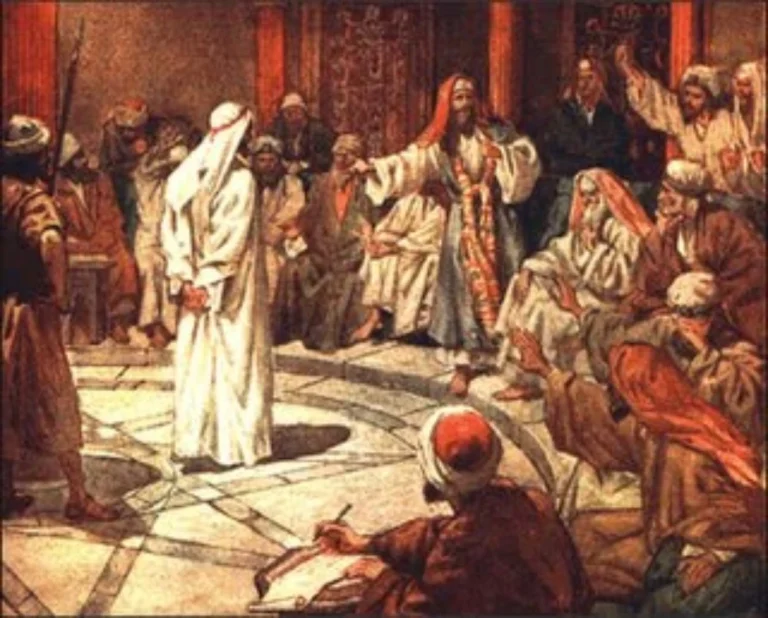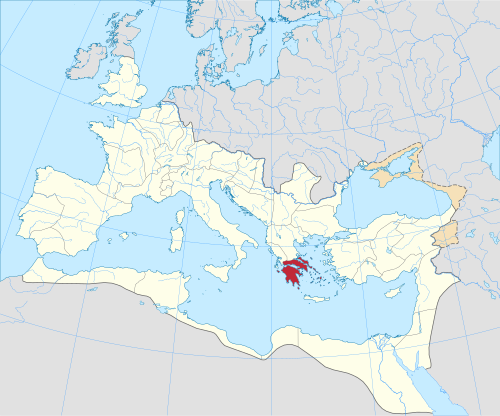When someone damages a neighbor, a court may order repayment. The offender laughs. “I don’t have any money. The can’t get blood from a stone.” and goes his or her merry way.
How to solve the problem of people hurting neighbors? Indentured servitude. Those who damage their neighbors could be forced into involuntary servitude until they the person they hurt receives adequate compensation.
It’s a simple solution, allowing there to be justice for all. Employers empowered to work those who hurt their neighbors 8-10 hours a day while providing food, lodging, and transportation would charge for their services. They would deduct cost and reasonable profit, and turn the remaining money over to the injured.
Crimes against people and property would come to an end a few hours after such a law was passed. “Wait a minute, I have to wash and wax cars for ten hours a day, six days a week and not get paid until the people I hurt are make whole? I could be doing this for years! I’m not going to hurt anyone else, ever again!”
A simple, effective solution. But, remember: The rule: “No problem may be solved.” Those who repeatedly hurt others are the very foundation of an entire industry. Lawyers, bailiffs, judges, wardens, guards, officers, staffs, and the vast throng of those employed by what is often called “The Criminal Justice System” rely on recidivism.
“If people stop doing hurtful things, I’m out of a job! If people were rented into indentured servitude until they paid back what they owed, they would stop committing crimes. 90% of the people in jail are here frequently. If they stop hurting their neighbors, I’ll be out work.”
Why can’t the problem be taken care of? The Rule: “No problem may be solved.” is a manifestation of Original Sin, and has been with us since the Fall in the Garden, the disobedience personified by Eve.
Similarly, every problem in society has a solution. Public schools not working well or efficiently? Vouchers. “I’ll lose my job!” cry those skilled at manipulating legislators. Public transportation too expensive and not servicing enough people? Laws keep people from driving passenger vans and allowing people to pay them for rides.
Every problem has a solution. Nations controlled by those so dependent on problems that they stop solutions must collapse. The burden of carrying multiplying problems becomes too heavy to carry, and down they go!
The Rule: “No problem may be solved.” Why do so many embrace The Destroying Rule? “I love myself so much more than my neighbors that I’d rather see them poor, jailed, or dead than lose my job.”
Loving self more than neighbor is a manifestation of Original Sin. Cain killed Abel because he was able to solve problems that put Cain, and his primitive agricultural abilities, out of work. The lovers of problems always hate the solvers of problems. As fewer are baptized, there is more Original Sin, more hatred of God and neighbor.
No one was ever more hated for solving problems than Jesus. He allows us to receive God’s actual Body and Blood, and “have life” in us through Transubstantiation. That solves the greatest problem of all, getting into Heaven, through Catholic Communion and His Sacraments.









